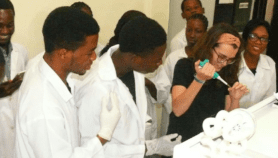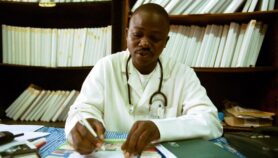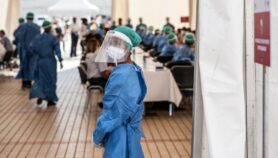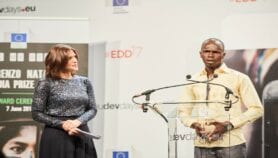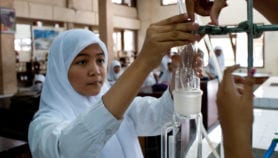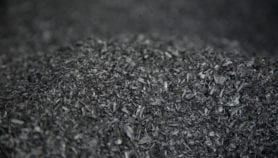Send to a friend
The details you provide on this page will not be used to send unsolicited email, and will not be sold to a 3rd party. See privacy policy.
Mohamed H. A. Hassan, president of the African Academy of Sciences, argues in this Science editorial that collaboration in science and technology (S&T) will help foster cross-national integration.
African nations are already stepping up their own expenditure in S&T. Other developing countries such as Brazil, China and India are also opening up channels for South-South cooperation, using money and scientists to build capacity in science-poor African states.
Developed countries too are interested in supporting S&T capacity building on the continent. The challenge, Hassan says, is turning interest and pledges into sustainable initiatives and real progress, tailored to Africa’s own development plans.
This week’s (25 June) African Union summit is an opportunity for progress, asserts Hassan — but only if home-grown science is prioritised. Every African nation should use education reforms to support a new generation of scientists.
And science must recognise that it cannot solve the problems of poverty and development alone — broad channels of communication are needed between the S&T and social and political communities so they can learn from one another.
Such measures may not attract the same public attention as calls for a United States of Africa, but they can help bring the continent closer together, concludes Hassan.





